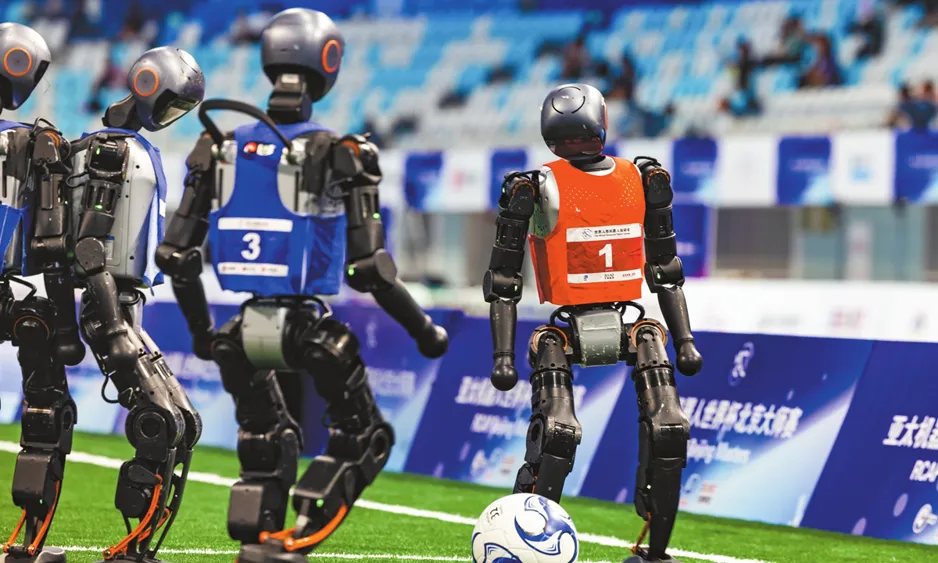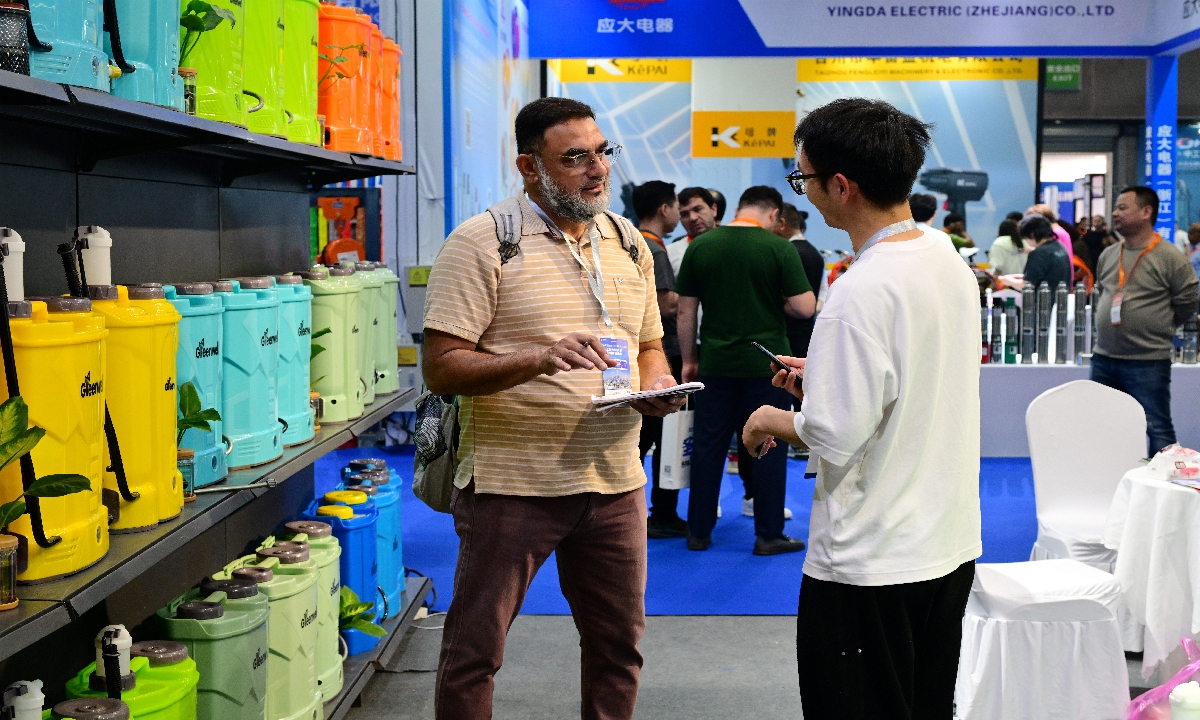China's Robotics Industry Boosts Belt and Road Initiative Potential

China's burgeoning robotics industry presents significant opportunities for global collaboration, especially within the framework of the Belt and Road Initiative (BRI). Recent events in Beijing, including the World Humanoid Robot Games, have highlighted the intersection of technological advancement and international partnerships.
At the inaugural World Humanoid Robot Games held at Beijing's iconic 'Ice Ribbon' National Speed Skating Oval, an impressive lineup of over 500 robots from 280 teams across 16 countries showcased their capabilities. The competition featured diverse events ranging from soccer and boxing to track races, offering a glimpse into the rapid developments in artificial intelligence and robotics.
The potential for international cooperation among nations participating in the BRI was omnipresent at the event, as the collaboration in science and technology has increasingly become a focal point since the introduction of the Belt and Road Science, Technology and Innovation Cooperation Action Plan in 2017. This initiative has laid the groundwork for high-quality partnerships based on scientific and technological innovation.
In light of prevailing global trends of unilateralism and protectionism, the robotics industry has emerged as a key area driving momentum for the BRI. Demonstrations at both the World Humanoid Robot Games and the World Robot Conference have drawn interest and recognition from BRI partner nations, emphasizing the importance of tech collaboration.
Experts noted that many BRI partner countries are emerging or developing economies, where industrial growth is creating a burgeoning demand for robotics technologies. This trend signals vast market potential for robotics companies seeking to expand their presence in these regions. Nikita Podlipskiy from Russia exemplified this interest, aiming to explore advanced technologies for his educational firm during his visit to the WRC.
The robots featured at the WRC, including the G1 from Unitree, have captivated audiences with demonstrations ranging from traditional dance performances to impressive athletic displays. These innovations point towards a burgeoning acceptance and integration of robotics in various sectors.
Key figures from other BRI partner countries expressed their intentions to leverage robotics and AI within their local industries. For instance, Jacques Eone from Cameroon emphasized the necessity of collaboration with Chinese firms to overcome challenges in developing the robotics sector in his country where initiatives are still in infancy.
Statistics reveal that China is not only the leading global producer of robots but also a rapidly growing exporter. The increase in industrial robot output from 33,000 units in 2015 to a projected 556,000 units in 2024 demonstrates China's dominance in this sector. Moreover, the rise in service robot production showcases the dynamic nature of China's robotics landscape.
Saudi Arabia's Mohammed Alsolami highlighted the potential for joint development of robotics under the BRI, particularly in transformative projects such as NEOM, which align with the Kingdom's Vision 2030. This cooperation signifies a strategic framework for future endeavors in integrating robotics in regional development.
As various members of the robotics community look to solidify partnerships, Nepal's Gurung articulated the transformative possibilities of robotics integration within the ongoing China-Nepal BRI collaboration, particularly in sectors like tourism.
Chinese firms are actively addressing the global demand for robotics solutions, with companies like UBTECH recognizing the BRI partner countries as prospective primary markets for service robots. Through joint projects and local partnerships, these companies aim to further technological advancements and integration in BRI regions.
Read These Next

China Men's Basketball Team Claims Silver at Asian Cup
China's men's basketball team finished as runners-up in the Asian Cup, losing to Australia 89-90, marking their first final in nearly a decade.

CR Sanjiu's Strategy: Balancing Growth and Profitability
This commentary examines the strategic, financial, and operational adjustments made by 华润三九医药股份有限公司, highlighting the significance of these changes in the context of a challenging pharmaceutical landscape. It analyzes revenue trends, product developments, and collaborative strategies while also addressing the potential risks and opportunities faced by the company.

India's Potential Pivot to Asian Markets Amid Tariff Pressure
India is considering a shift to Asian markets amid rising US trade tariffs, urging increased engagement in regional partnerships like RCEP.
